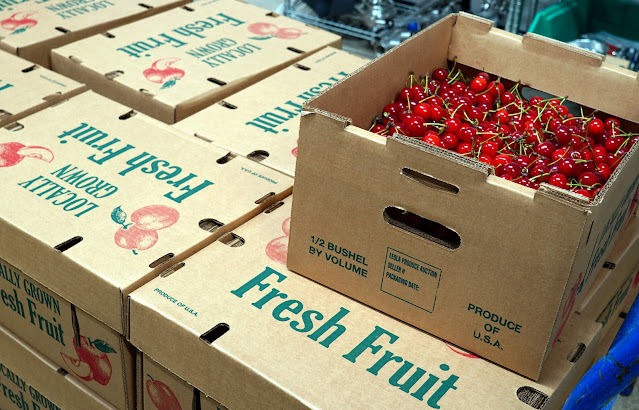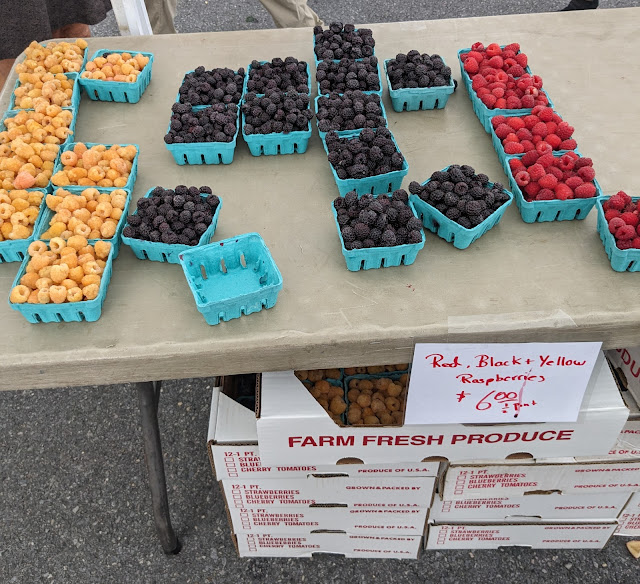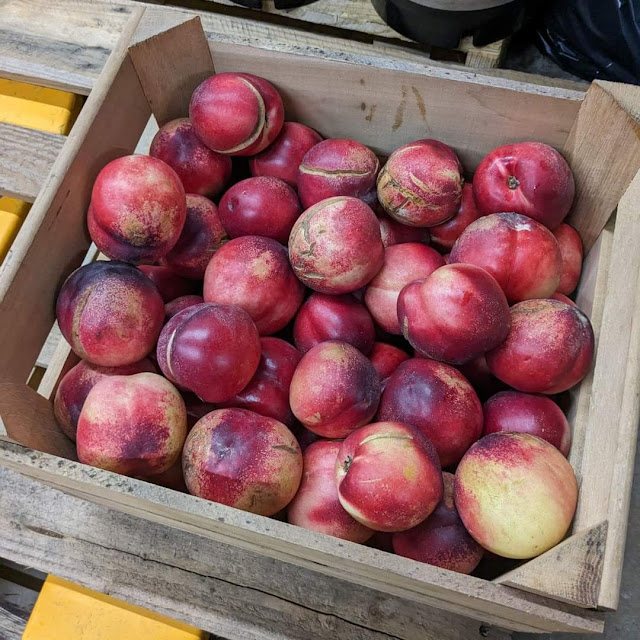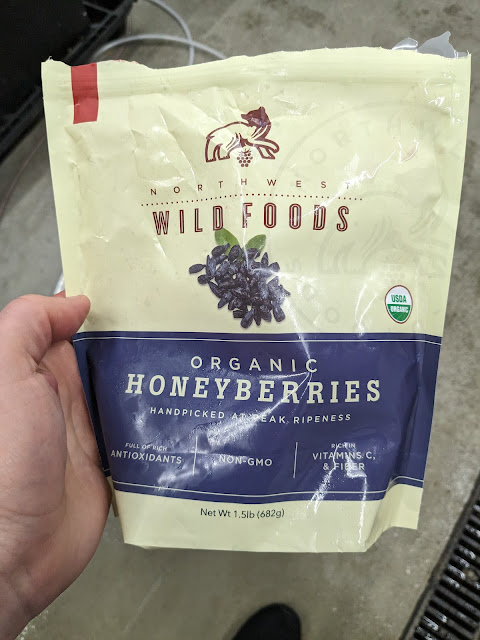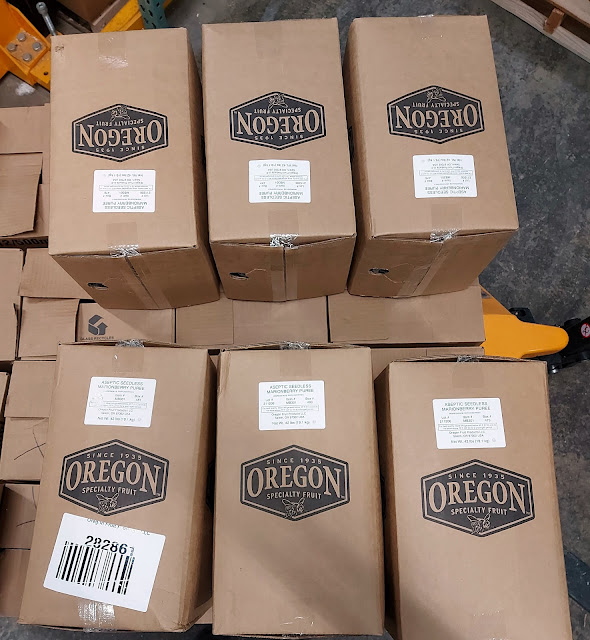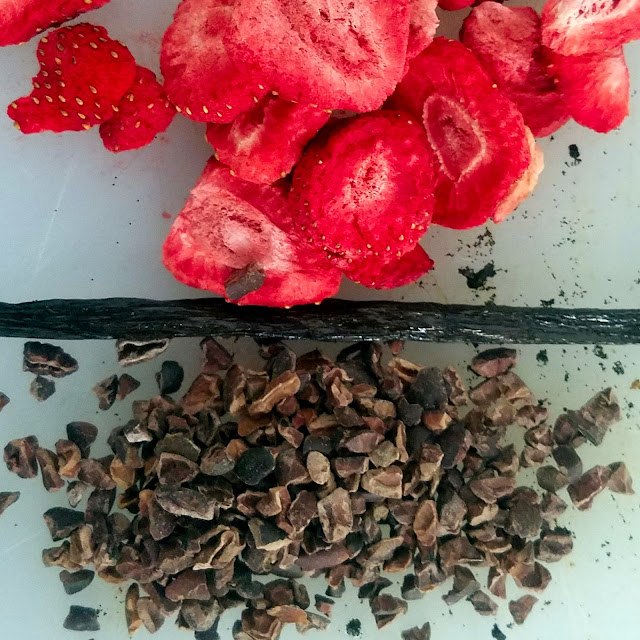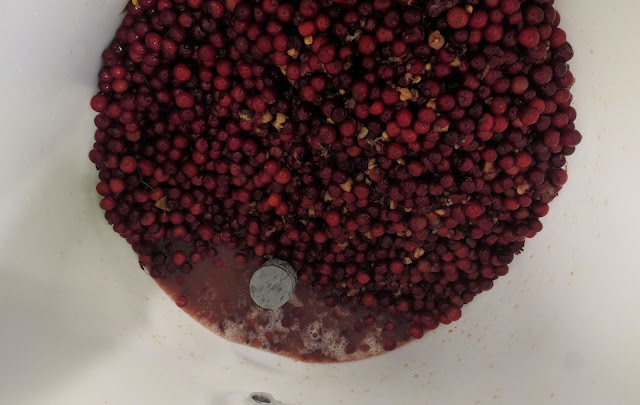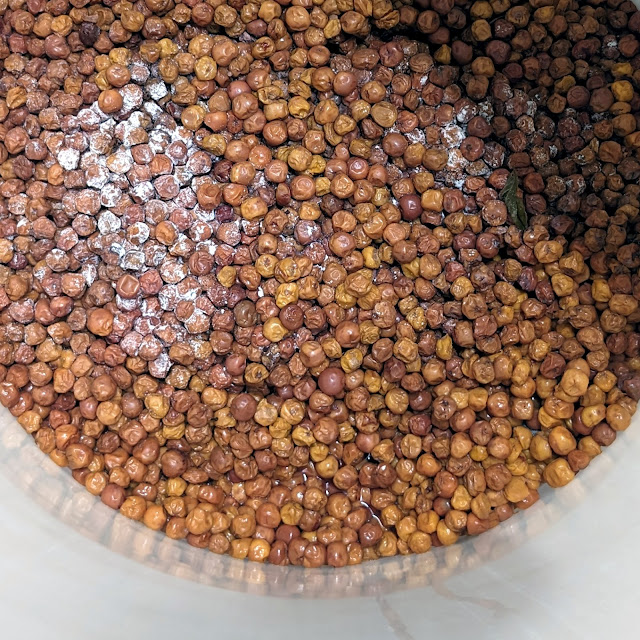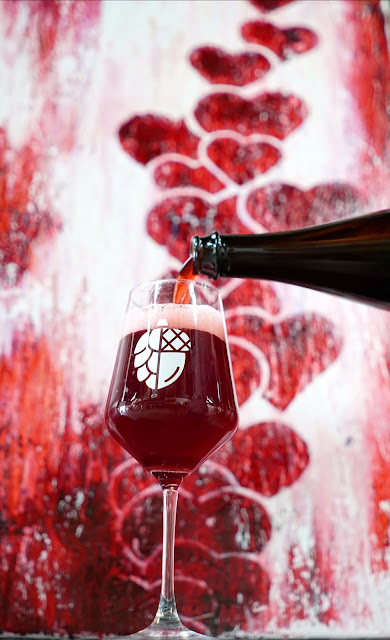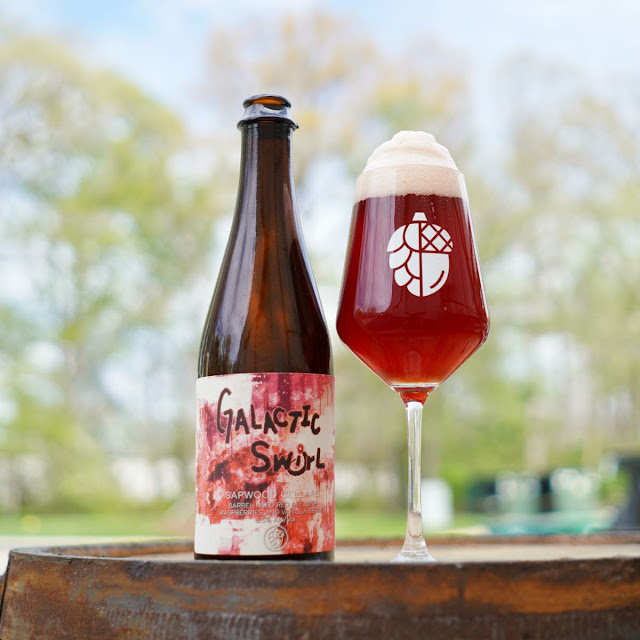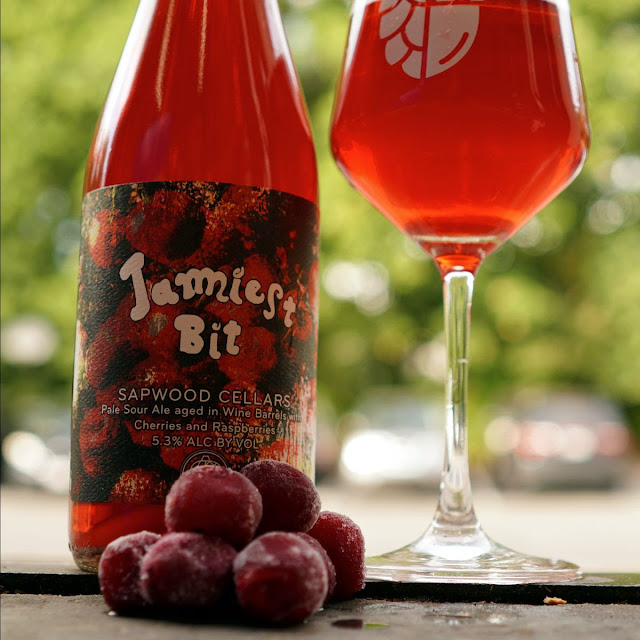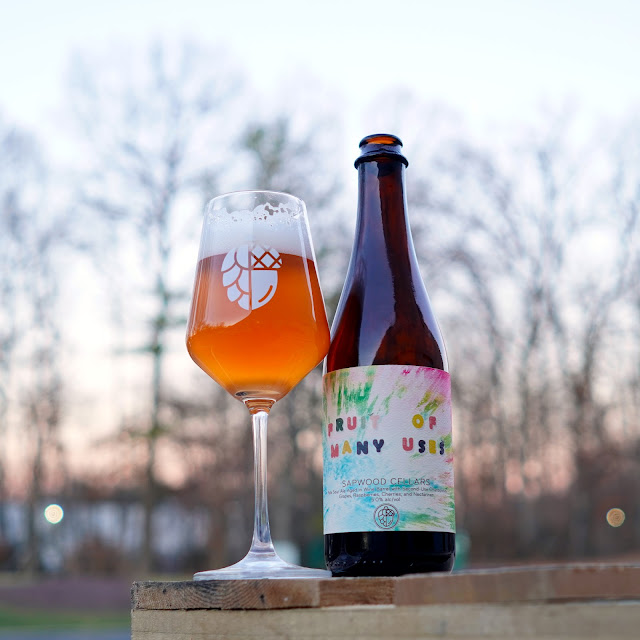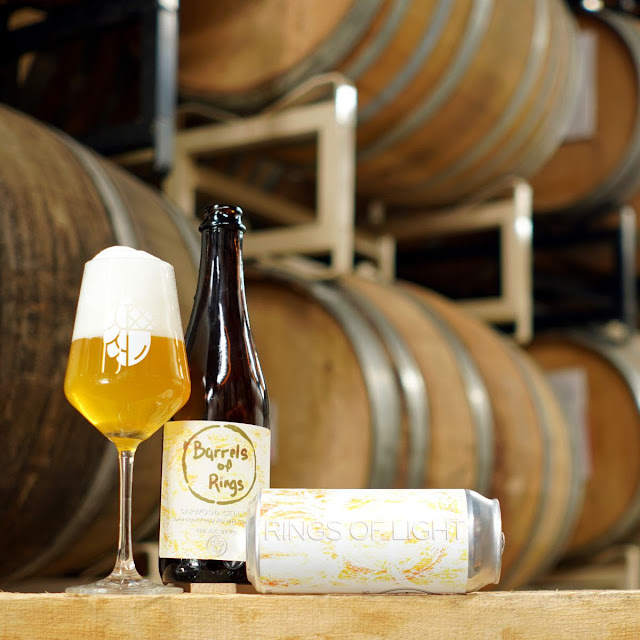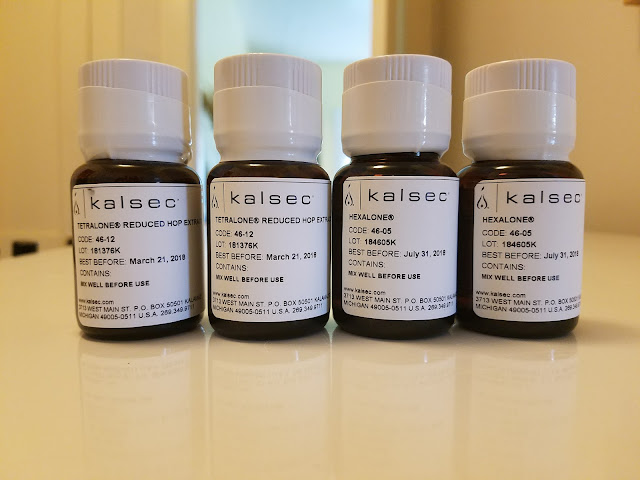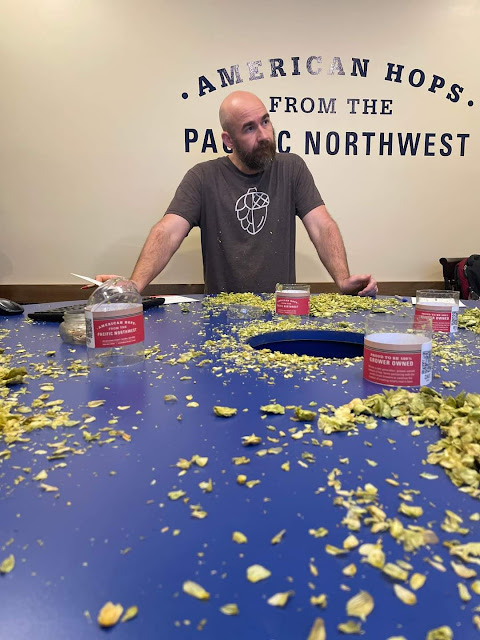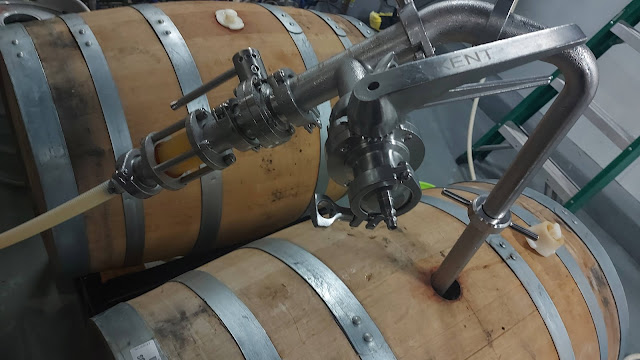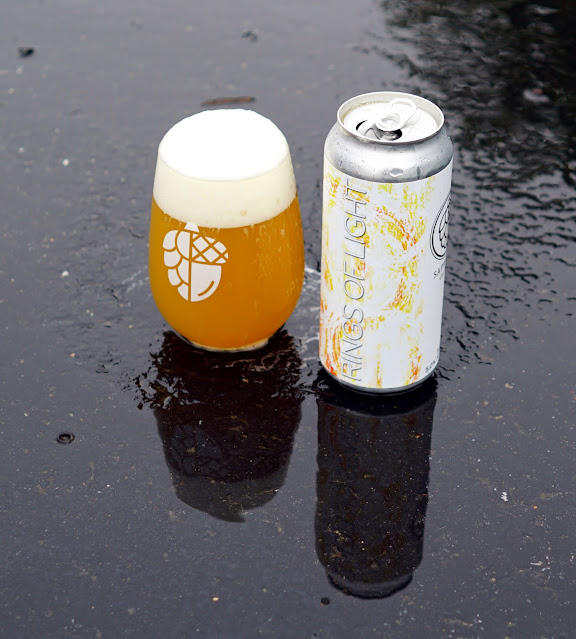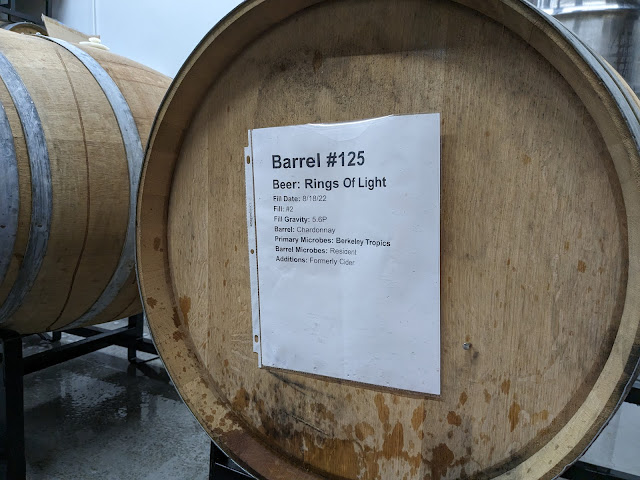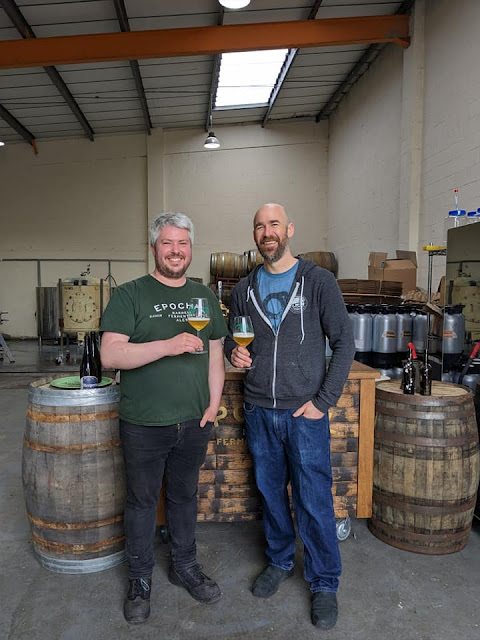Craft sake brewers are bridging the gap between beer and sake by creating hybrid products, drawing in curious craft drinkers with innovative, approachable takes on traditional Japanese brewing.
The post Kanpai! How Sake Is Segueing into Craft Beer appeared first on CraftBeer.com.
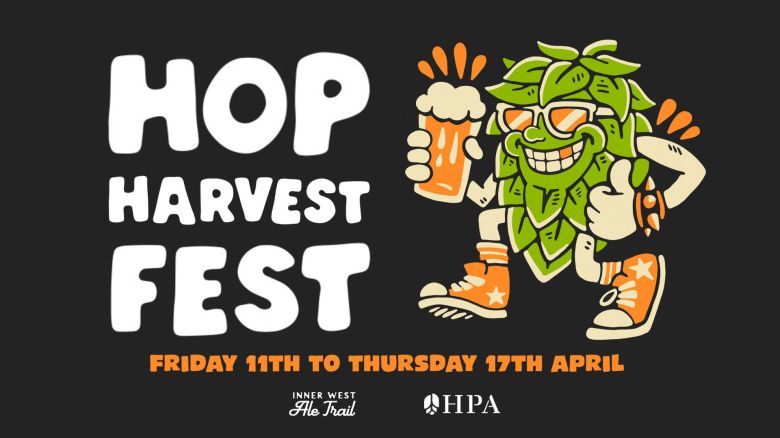 The Hop Harvest Fest is returning to the Inner West Ale Trail from 11-17 April with 11 breweries releasing exclusive new beers to their tap rooms.
The Hop Harvest Fest is returning to the Inner West Ale Trail from 11-17 April with 11 breweries releasing exclusive new beers to their tap rooms. 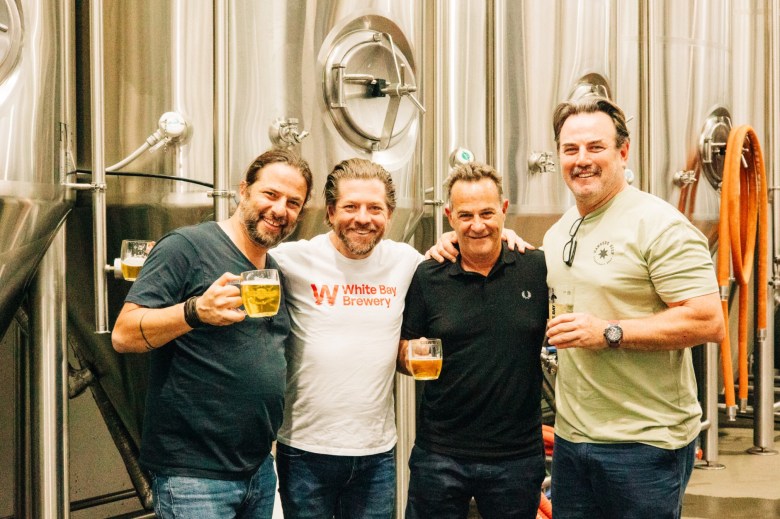 The newly-established entity allows the breweries to scale while maintaining their independence, led by industry veteran and CEO Judd Michel.
The newly-established entity allows the breweries to scale while maintaining their independence, led by industry veteran and CEO Judd Michel. 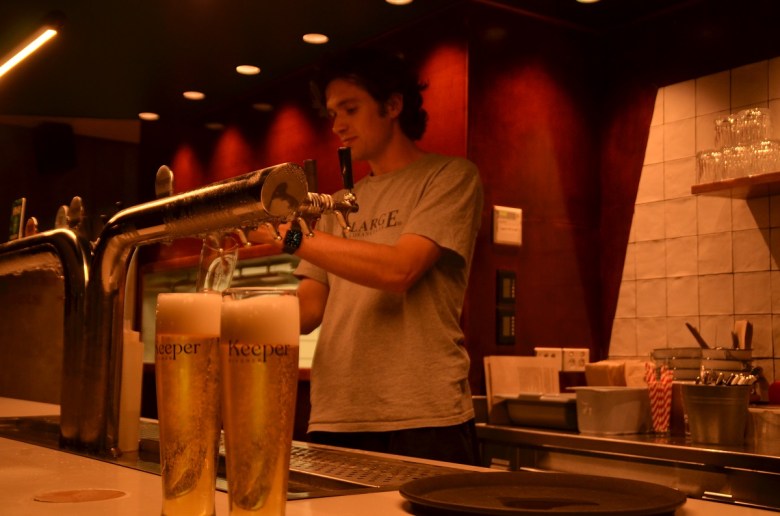 Brunswick brewery Keeper Brewing is continuing its focus on crafting one style of beer, the Pilsner, as the category grows in demand.
Brunswick brewery Keeper Brewing is continuing its focus on crafting one style of beer, the Pilsner, as the category grows in demand. 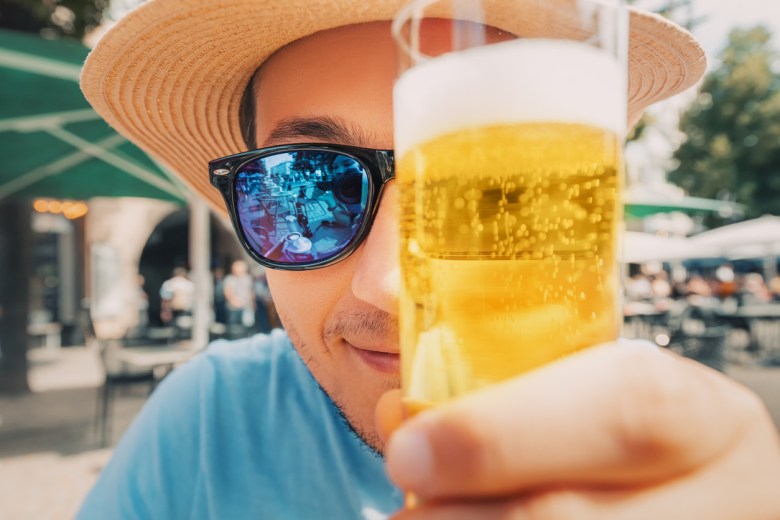 One of the classic styles, and one of the most fabulous beers steeped in history, Kölsch is often underrated and overlooked.
One of the classic styles, and one of the most fabulous beers steeped in history, Kölsch is often underrated and overlooked.  John Keske, President of Melbourne Brewers, has been kind enough to share this mouthwatering recipe of his award winning Kölsch.
John Keske, President of Melbourne Brewers, has been kind enough to share this mouthwatering recipe of his award winning Kölsch. 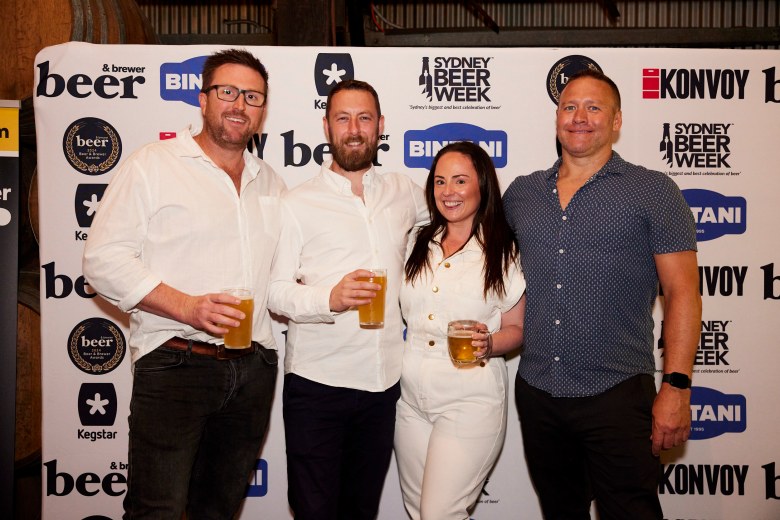 Australian craft beer fans, colleagues and a smattering of journalists gathered last Sunday for the official launch of Sydney Beer Week and the 2024 Beer & Brewer Awards.
Australian craft beer fans, colleagues and a smattering of journalists gathered last Sunday for the official launch of Sydney Beer Week and the 2024 Beer & Brewer Awards. 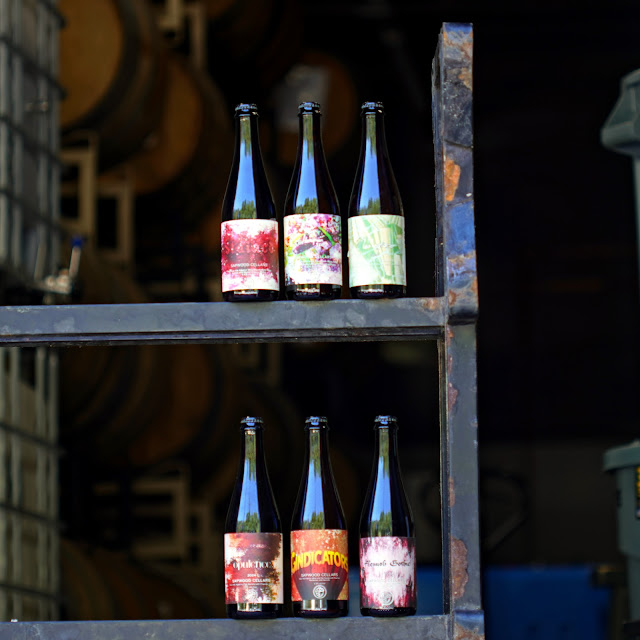
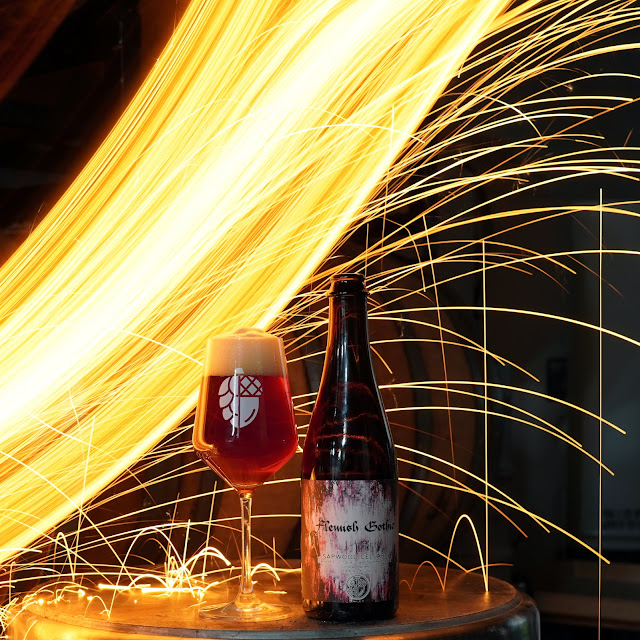
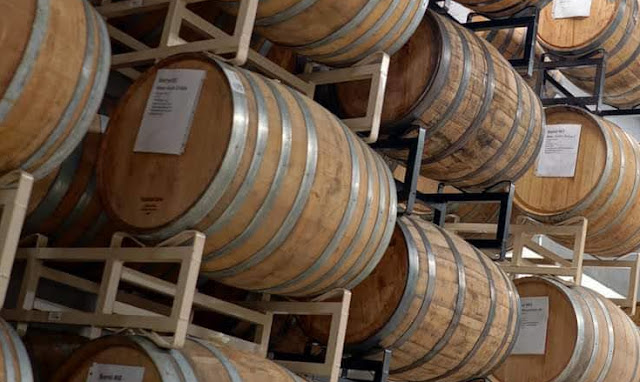
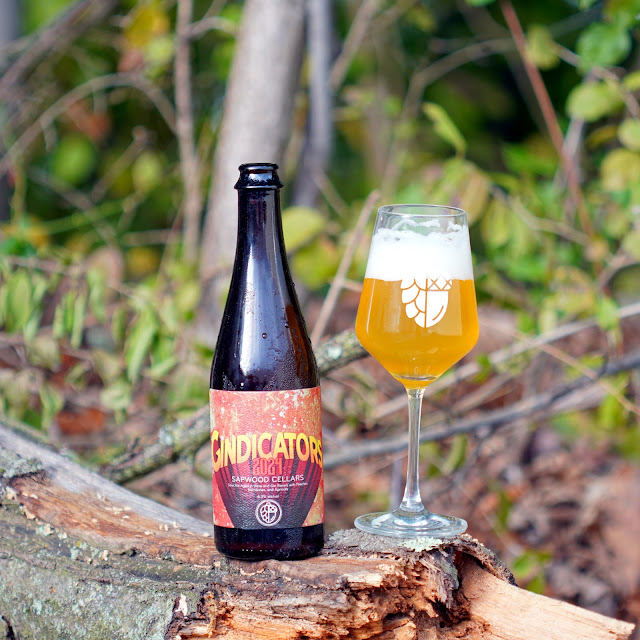

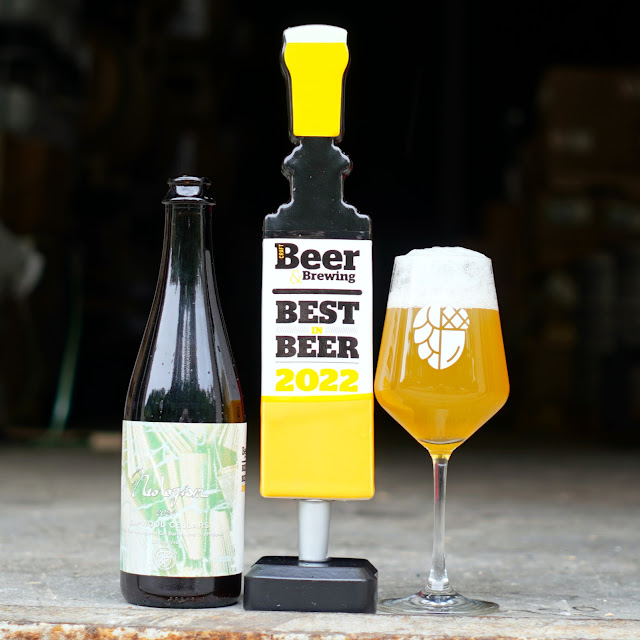
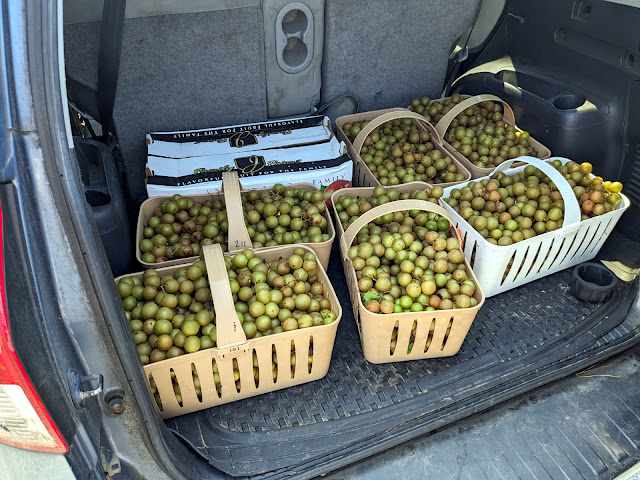
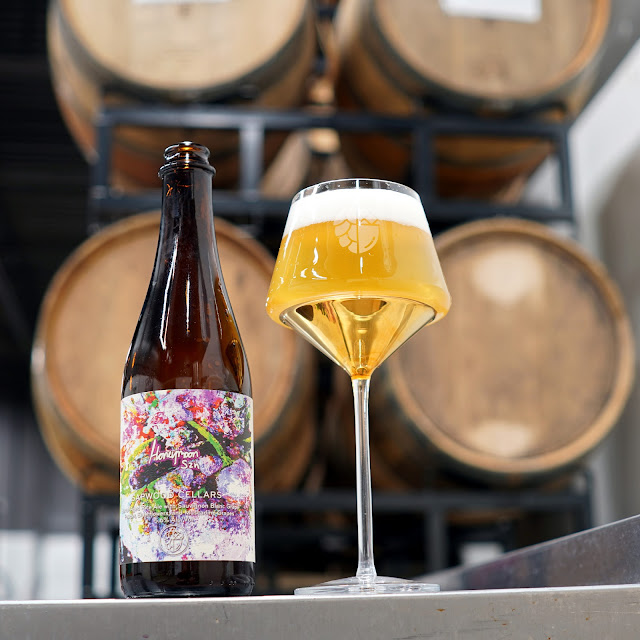
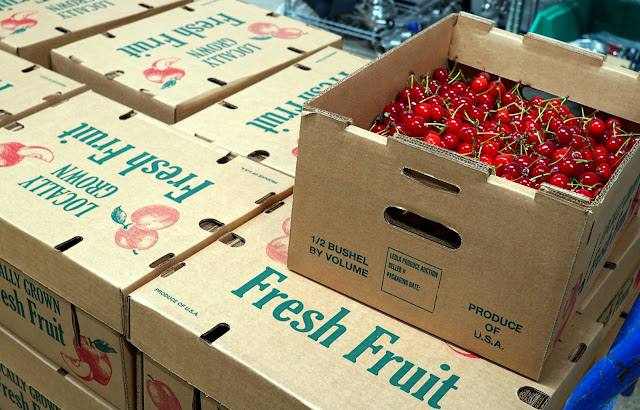
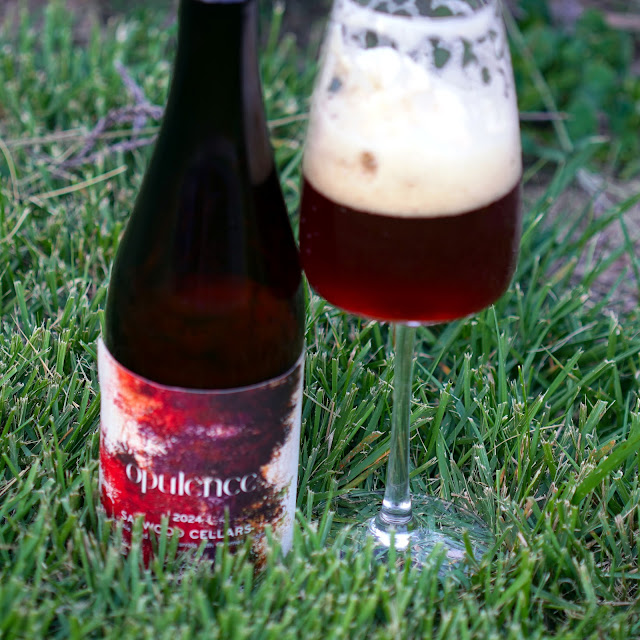

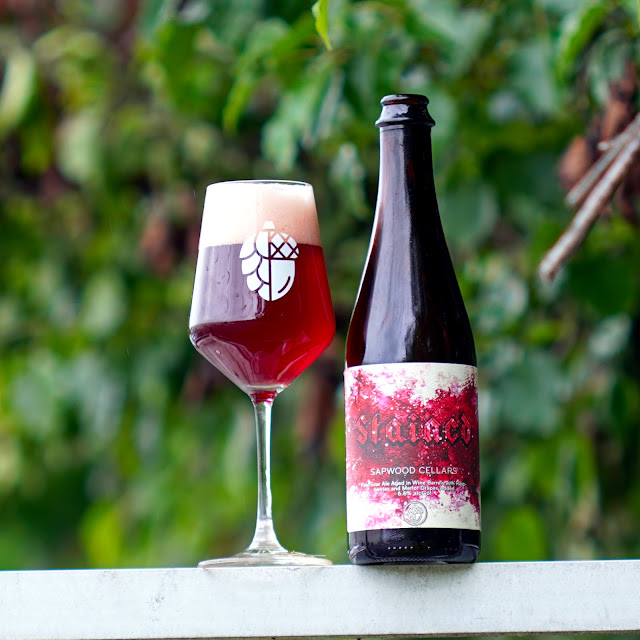
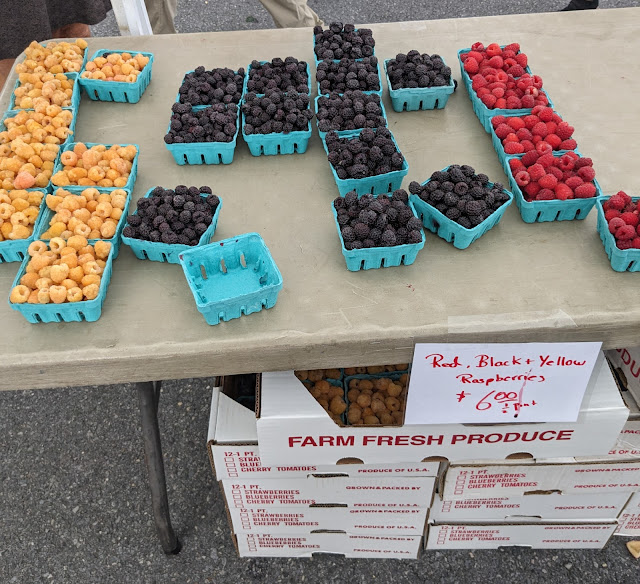
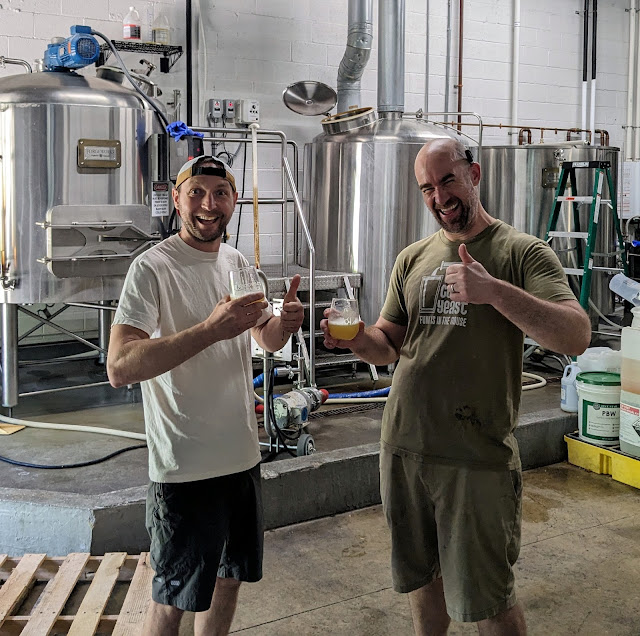
 BeerFest Australia engages more than 30 musical acts over its festivals, with Sneaky Sound System headlining the Sydney event.
BeerFest Australia engages more than 30 musical acts over its festivals, with Sneaky Sound System headlining the Sydney event. 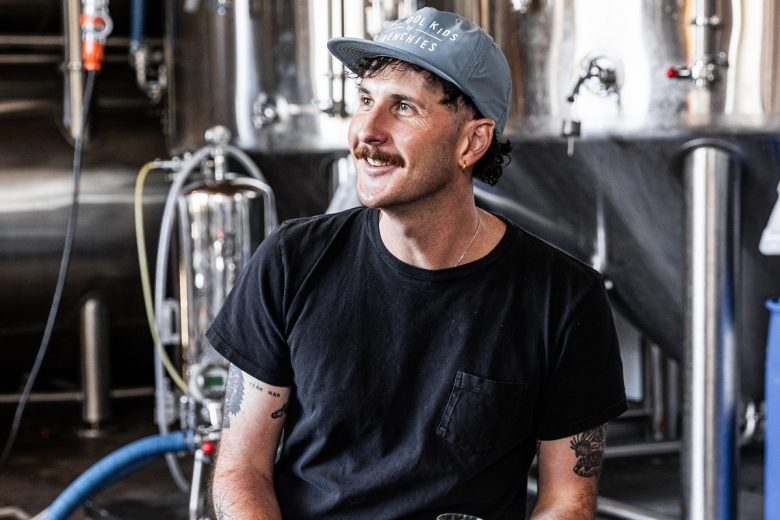 Frenchies Brewery Head Brewer Sam McDonough spoke to Beer & Brewer about his decade in the industry, working with some of Australia’s most well-known craft breweries.
Frenchies Brewery Head Brewer Sam McDonough spoke to Beer & Brewer about his decade in the industry, working with some of Australia’s most well-known craft breweries. 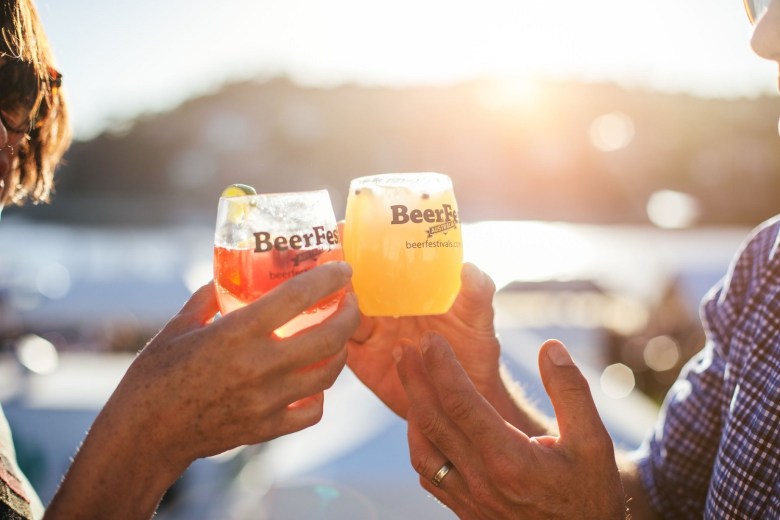 Organiser say they want BeerFest to create lifelong memories through unique and engaging experiences.
Organiser say they want BeerFest to create lifelong memories through unique and engaging experiences. 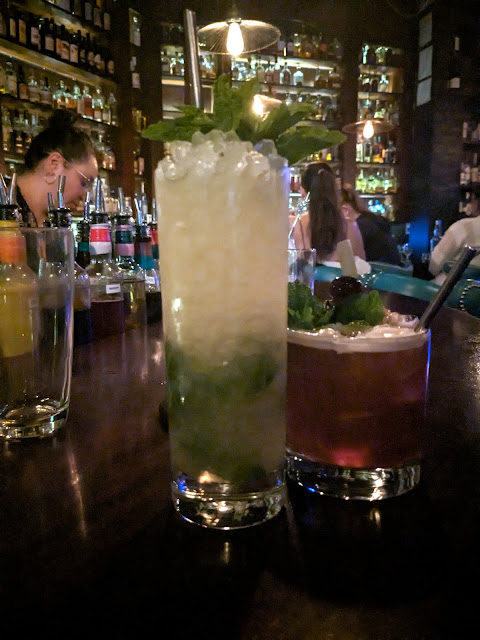
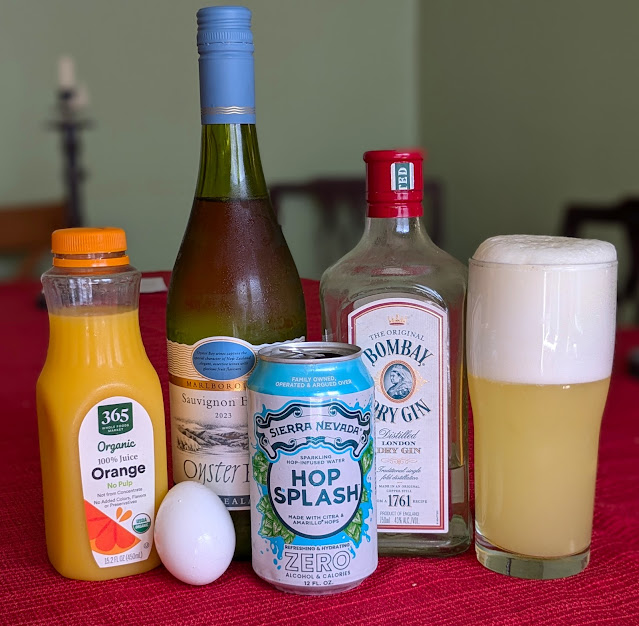
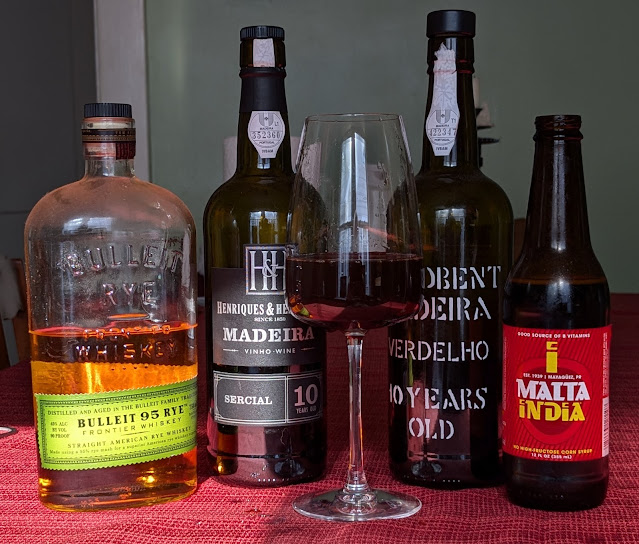
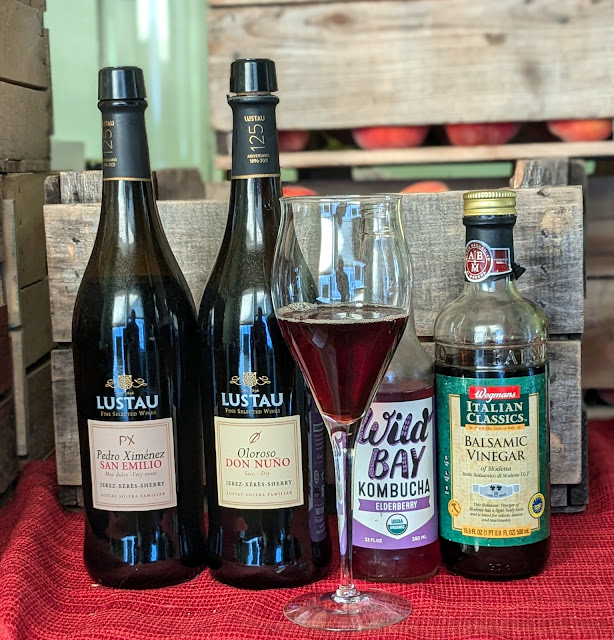
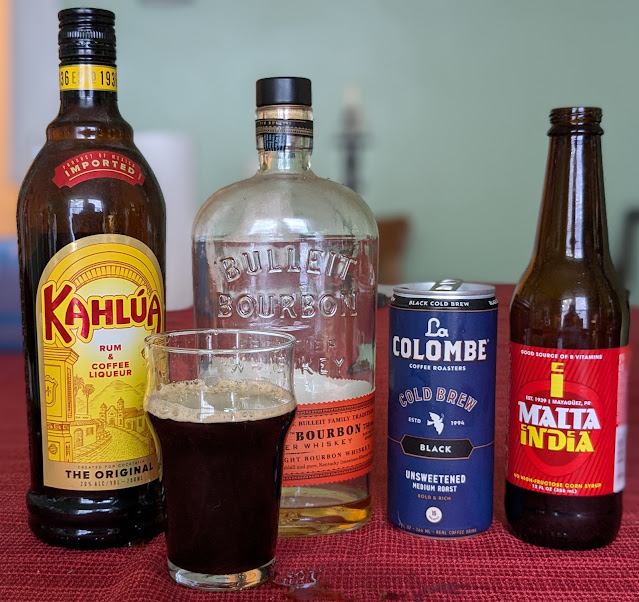
 White Bay Brewery’s Extra Pale Lager is a unique style that stands out from the crowd of craft beer as being something different. It is a style that isn’t yet very common in the beer market and we believe there is demand for it.
White Bay Brewery’s Extra Pale Lager is a unique style that stands out from the crowd of craft beer as being something different. It is a style that isn’t yet very common in the beer market and we believe there is demand for it. 